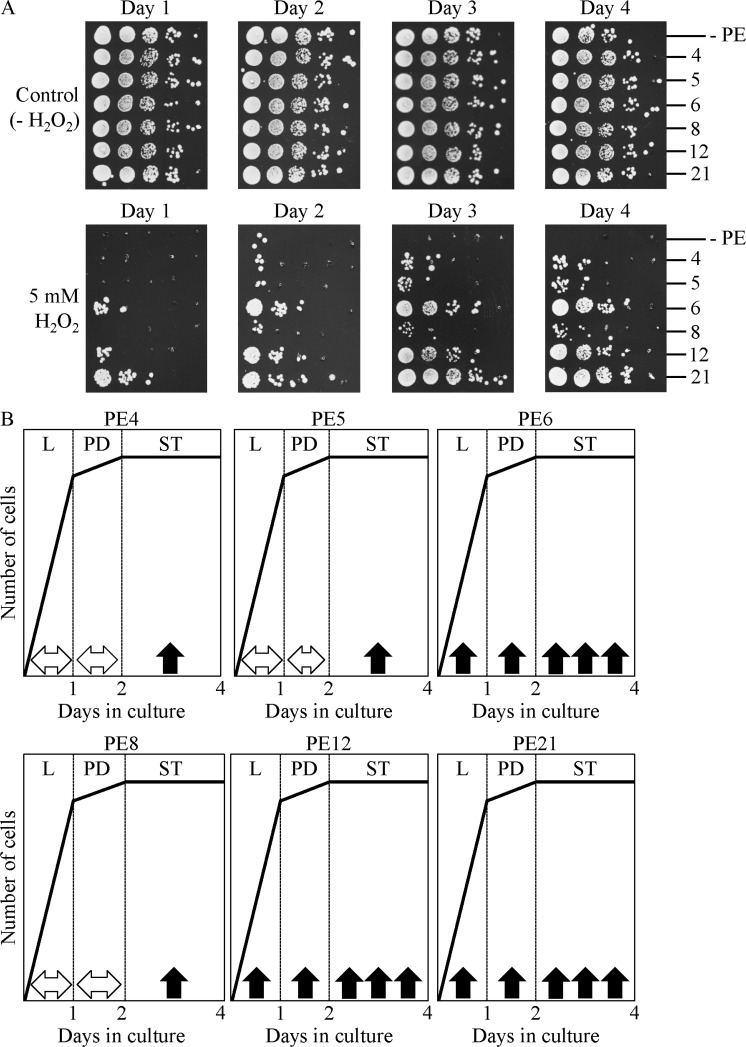Figure 10. PE4, PE5, PE6, PE8, PE12 and PE21 enhance the ability of chronologically aging yeast grown under non-CR conditions to resist chronic oxidative stress.
WT cells were grown in the synthetic minimal YNB medium initially containing 2% glucose, in the presence of a PE or in its absence. (A) Spot assays for monitoring oxidative stress resistance were performed as described in Materials and methods. Serial 10-fold dilutions of cells recovered at different days of culturing were spotted on plates with solid YEP medium containing 2% glucose as carbon source, with or without 5 mM hydrogen peroxide. All pictures were taken after a 3-d incubation at 30°C. (B) A model for how 0.5% PE4, 0.5% PE5, 1% PE6, 0.3% PE8, 0.1% PE12 and 0.1% PE21 influence the resistance of yeast to chronic oxidative stress during logarithmic (L), post-diauxic (PD) or stationary (ST) phases of growth.  or
or  Denote unaltered or enhanced, respectively, cell resistance to chronic oxidative stress during a particular phase of growth. Abbreviations: Logarithmic (L), post-diauxic (PD) or stationary (ST) growth phase.
Denote unaltered or enhanced, respectively, cell resistance to chronic oxidative stress during a particular phase of growth. Abbreviations: Logarithmic (L), post-diauxic (PD) or stationary (ST) growth phase.

